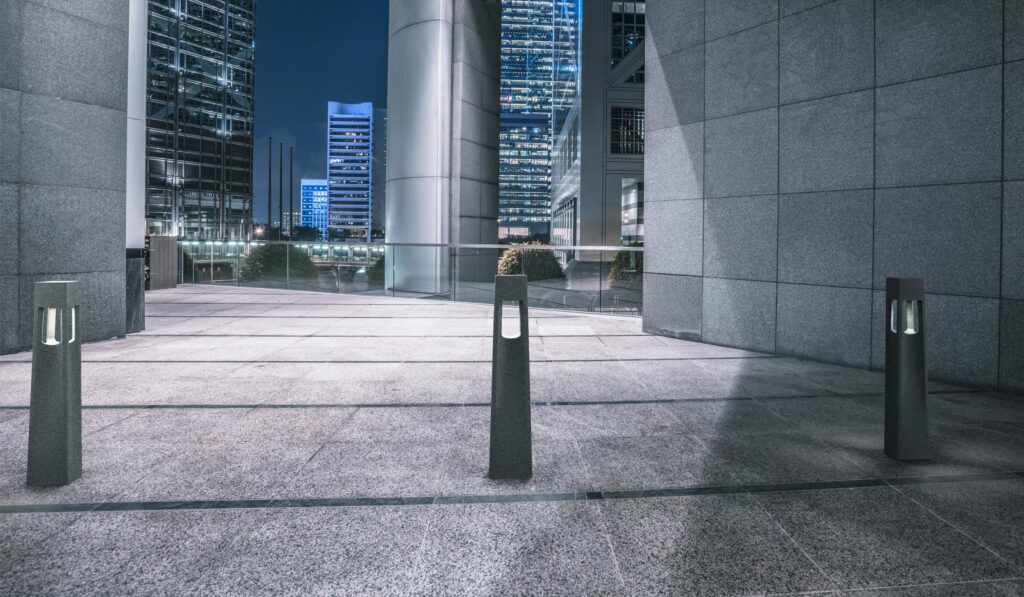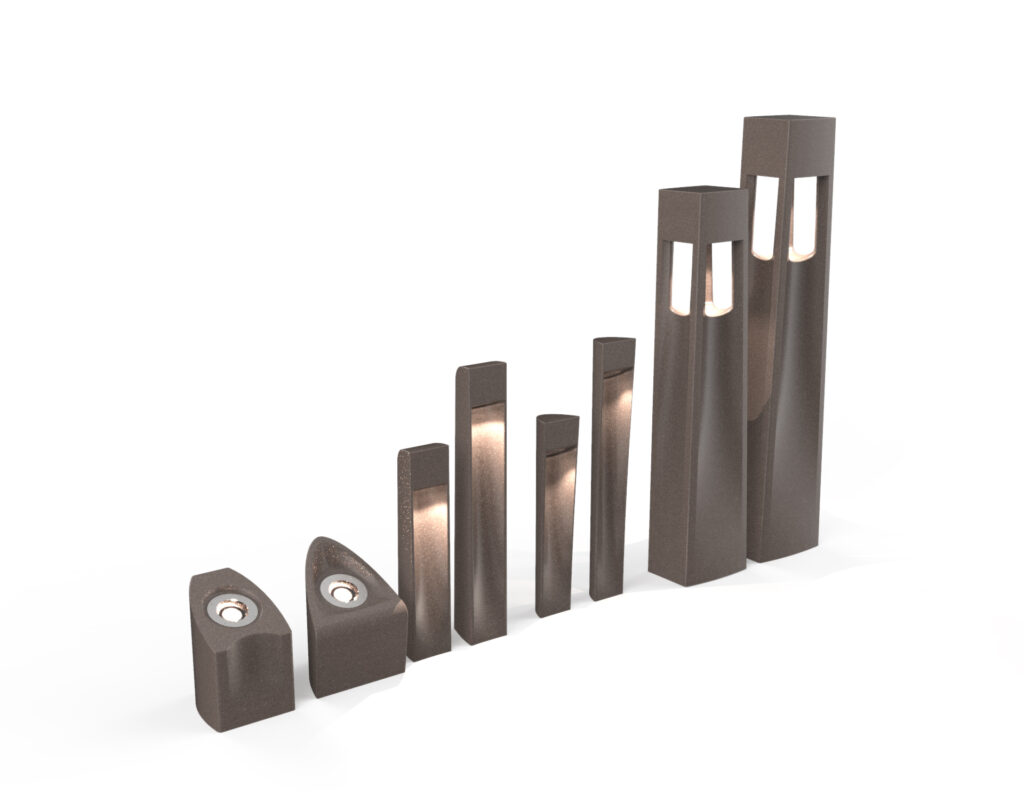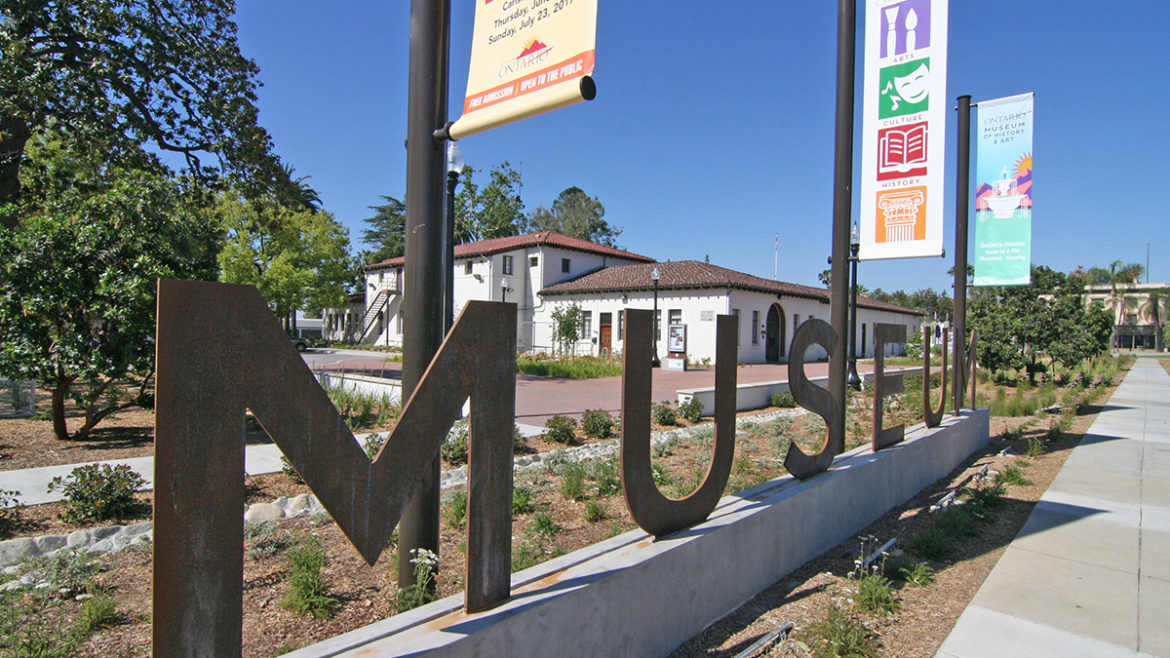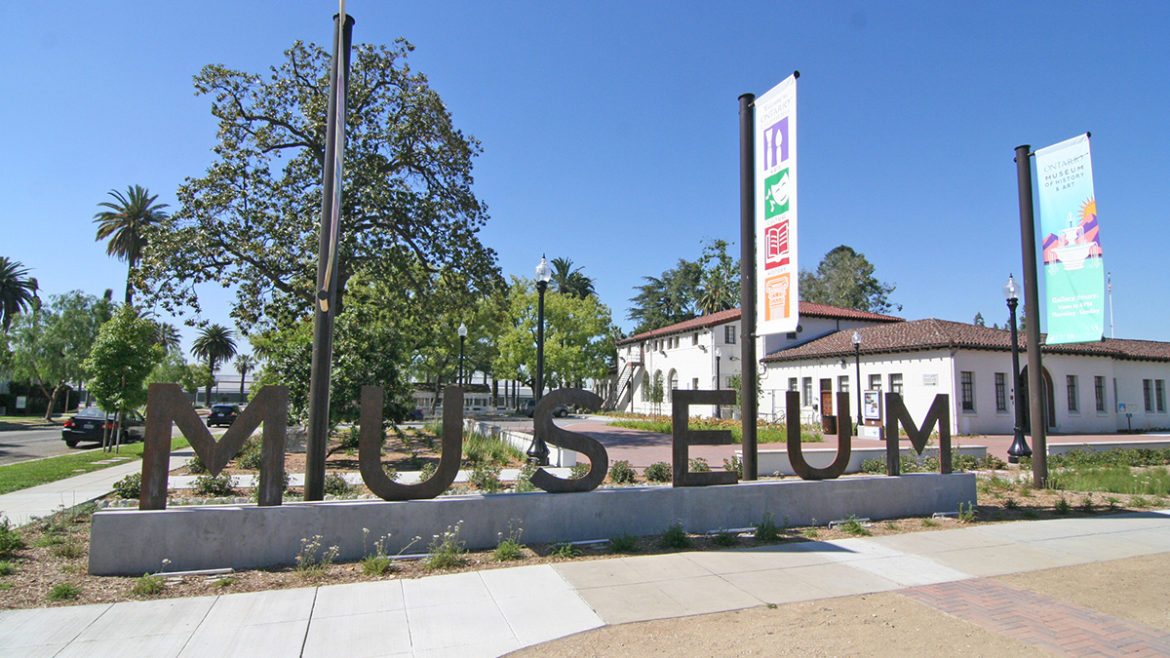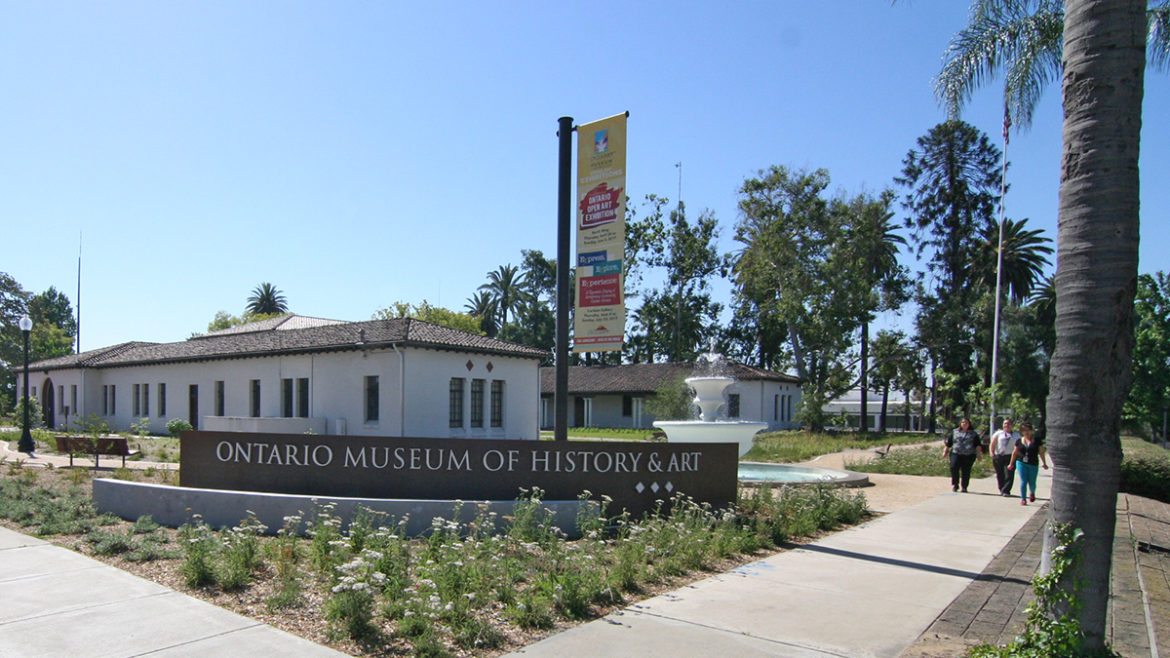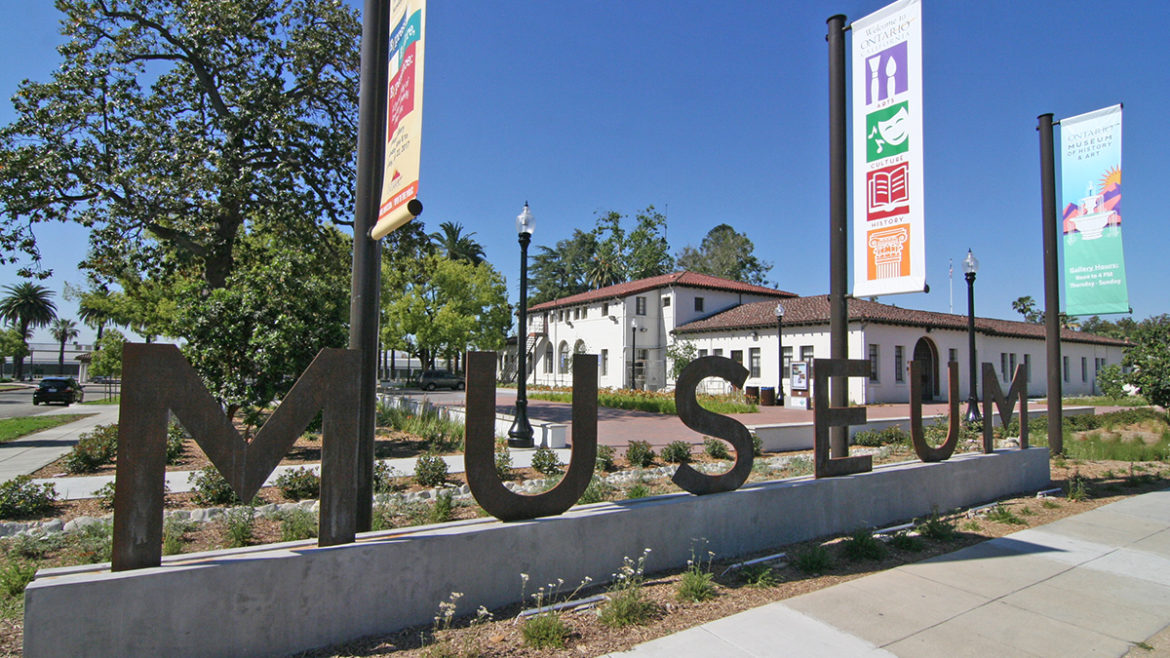Stelaris Product Launch
https://linespace.com/wp-content/themes/osmosis/images/empty/thumbnail.jpg 150 150 Max Beach Max Beach https://secure.gravatar.com/avatar/a719775eb4ed08d2be84567097e1204d?s=96&d=mm&r=gNORCO, CA, November 2020 – Announcing the all-new Stelaris family of site lighting products, the latest precast concrete innovation from QCP and its partners SPJ Lighting, Inc. and Linespace-Brand Experience Design. This unique collaboration is the market’s first and only site lighting family of products to combine designer aesthetics with the precision and durability of precast concrete.
“It’s a little unusual for three companies to come together like this on a project, but we had a blast making Stelaris with SPJ and Linespace,” stated Rick Crook, CEO of QCP. “In the past, these types of lighting products were made from aluminum or wood with little sense of style. All three teams really combined their know-how to create something totally new for the market.”
Comprised of three types of site lighting products, Stelaris provides a wide array of elegant, and durable solutions for all types of private and public spaces.
Our small uplights are ideal for illuminating landscape features and signage. They offer four different light intensities and an adjustable lens to set just the right mood. Small but powerful, they are capable of throwing enough light to illuminate a 75-foot palm tree but can be used for wayfinding signage as well.
Our pathway lights are perfect for lighting sidewalks and other walkways. Available in 18”-30” heights, they provide bright and reliable unidirectional lighting.
And our lighted bollards provide 360 degrees of powerful illumination. Although built heavy-duty enough to block auto traffic, they offer designer-level visual appeal.
Every piece features state-of-the-art LED lighting elements furnished by SPJ for high-performance illumination with an energy-efficient profile.
“I begged Rick to make a good-looking fixture that integrated LED, and he finally saw the light,” said Paul Lestz, President of SPJ Lighting, Inc. “We designed all the lamp sources to be more versatile than any other company out there. We have huge flexibility with our lumen outputs and color temperature because everything is American made by hand in Southern California. Combined with the expertise of QCP and Linespace, we knew we were going to have a superior product.”
SPJ began producing outdoor lighting solutions in 1998 and has worked with QCP many times throughout the years. “We were really able to bring together architecture and style with state-of-the-art lumen and color packages. So you’ve got customizable light, designer looks and baseball-bat-resistant durability. It’s the real deal.”
“We noticed there wasn’t anybody doing site lighting that was both beautiful and durable,”
Max Beach, Partner at Linespace.
The idea was developed simultaneously by Linespace, a multi-faceted Los Angeles design studio specializing in site signage that also frequently collaborates with QCP.
“We noticed there wasn’t anybody doing site lighting that was both beautiful and durable,” said Max Beach, Partner at Linespace. “Most of it was too boring or industrial looking, and we thought we could do something that would look more high-end in the concrete medium.”
With a studio-wide emphasis on brand experience, Linespace approached the Stelaris project like any high-profile product launch. “The kind of look and craftsmanship that Stelaris embodies is usually not cost-effective for architects and contractors,” Beach said. “By combining our companies’ strengths, the three of us were able to develop forms that work with modern architecture while still being a solid, durable product—and cost-effective too.”
All Stelaris products are available in five different colors and two different textures, a smooth polished finish or an etched finish with a sandstone-like feel. Our building materials are non-corrosive, meaning products can withstand long exposure to the weather and outdoor elements, including irrigation. Although designed and crafted for use in commercial and industrial settings, Stelaris looks great with modern residences, too, and anywhere else cutting-edge lighting technology with the long-lasting characteristics of concrete is called for.
“We can’t wait until Stelaris gets out there,” said Crook. “It’s not only been a fun collaboration with Paul and Max, it’s also something that’s really missing from the world of landscape architecture. High-end looks, LED power, concrete durability and made in the USA. It doesn’t get much better than that.”
To learn more about Stelaris, please click here.



